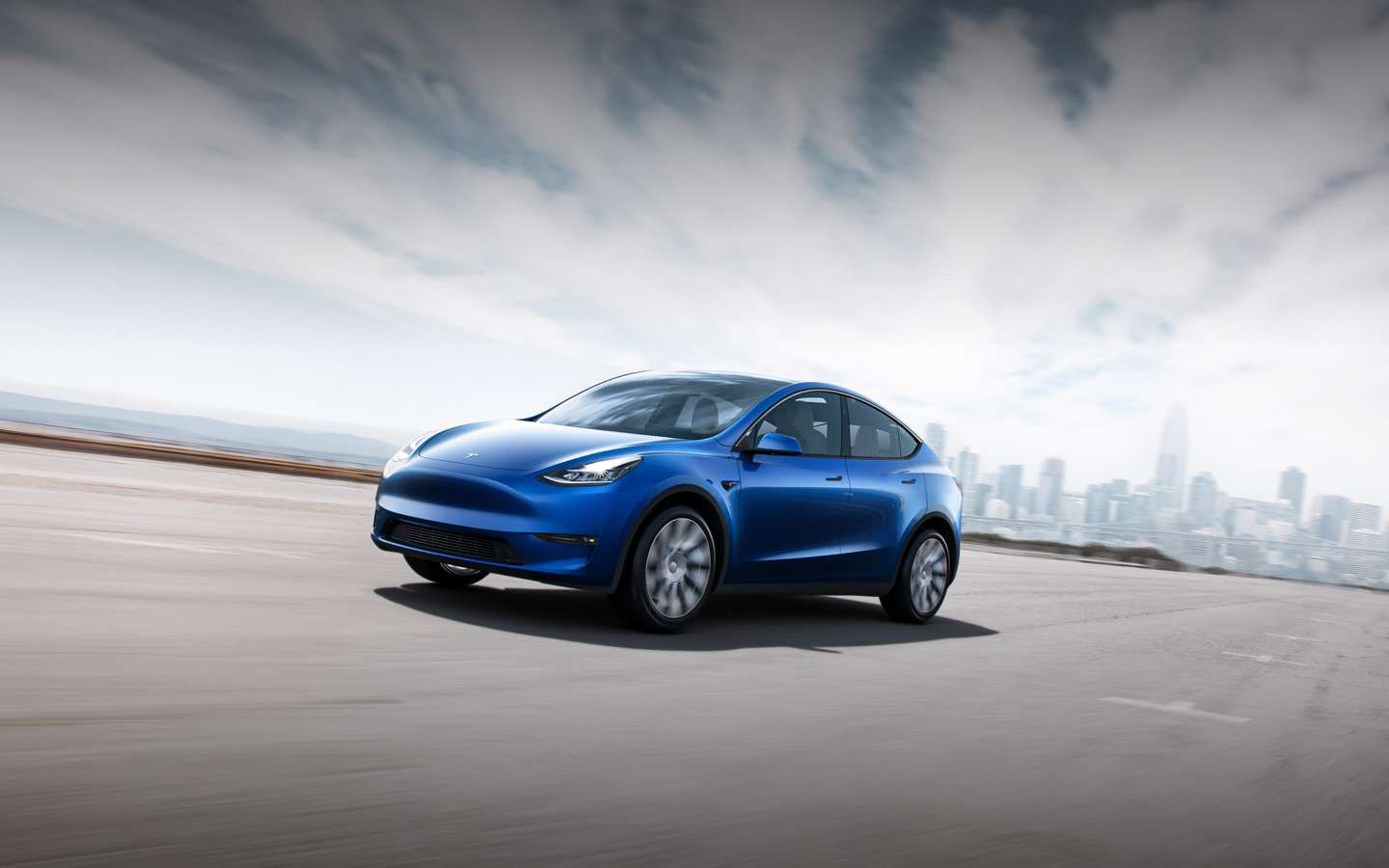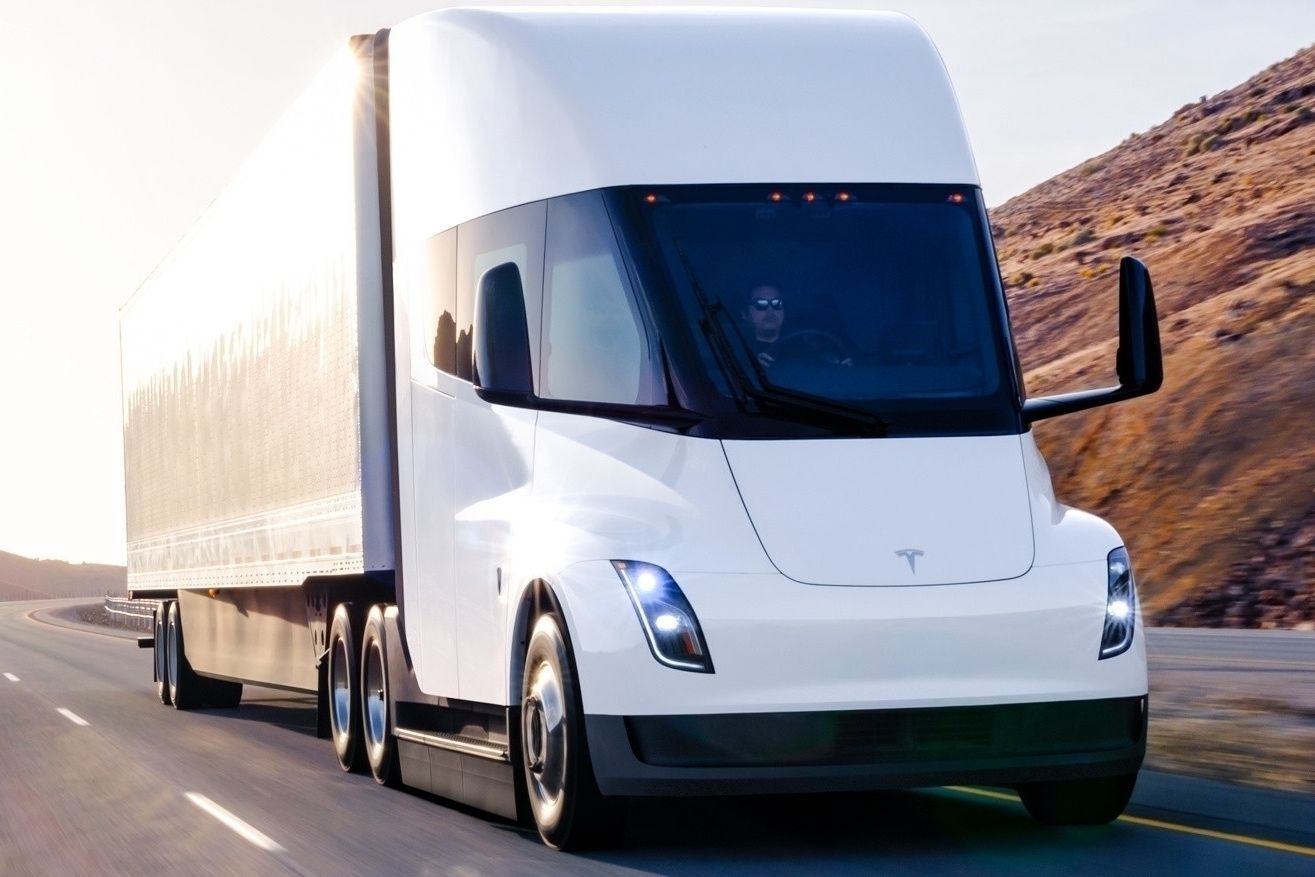
Tesla has revealed Part 3 of its Master Plan, teasing two new models under sheets and pretty blatantly stating that the company wants to build a full-size passenger bus. Aside from the latter, the remaining pair of new models include a compact car (possibly the long-awaited Model 2 - albeit with a different name) and a passenger/commercial van.
These newcomers are expected to use Tesla's next-generation platform, and one may be assembled at Tesla's Gigafactory in Mexico. The smallest of the lot, the so-called Model 2, will reportedly use a 53 kWh battery pack with lithium iron phosphate (LFP) cells. These batteries are favored for several reasons. Not only are they cheaper to produce, but LFP batteries also charge quickly and have a longer lifespan than comparable battery setups.
The automaker has made some interesting claims about the forthcoming compact EV, with CEO Elon Musk noting it will be able to operate autonomously and make money as a robotaxi when not in use by the owners.
Rumored to be priced at the $25,000 mark, the smallest Tesla yet will bring EV ownership to millions more. And that's exactly what the automaker is aiming to do, with projected sales of 42 million. That's nearly double the sales of the popular Model Y and Model 3, both of which currently dominate the EV sales charts.
There's no word on when the baby Tesla will arrive, but we've already spotted a curious prototype Tesla testing in China. It will be interesting to see if Tesla can beat Volkswagen to market, with the German automaker also working on a compact and affordable EV, known as the ID. 2all.
The advent of a Tesla commercial/passenger van is rather interesting but to be expected. After all, legacy brands such as Ford, Stellantis, and Mercedes-Benz have already entered the segment and with decent success. Tesla says this model will use a 100 kWh battery with high nickel cells.
Again, this model will be underpinned by the next-generation platform. From a styling point of view, we wouldn't be surprised to see it draw inspiration from the Cybertruck or even the larger Semi truck that has finally entered production. Tesla hopes to sell 10 million of these vans, which is a lofty goal - even for Tesla.
Finally, we have the bus. Due to its size, the Tesla bus will use a 300 kWh LFP battery. Again, we expect the company's first passenger coach to borrow heavily from the Tesla Semi, not only in terms of design but the drive systems and architecture, too. That said, its battery is smaller than the 500 and 800 kWh packs in the Semi. The company hopes to sell one million examples of this vehicle and, again, no arrival date is specified.
With the Cybertruck only entering production at the end of the year - and the Roadster still nowhere to be seen - it could be years before we see these new models.
Tesla has plans to branch out beyond road cars and industrial vehicles, however, and the Master Plan Part 3 even includes mention of ships and planes and the battery requirements thereof. Whether Tesla wants to build these itself or merely supply powertrain solutions remains to be seen, but given Tesla's history with products like the Powerwall, it's likely to be these energy storage solutions it supplies rather than turnkey products.
This Master Plan series of documents has always been about more than just in-house products for tesla, but a roadmap through which Elon Musk believes his company can reshape the world in a way that enables the adoption of clean energies. Musk has always had lofty ambitions, that sometimes don't come to fruition, but of everything in Part 3 of his plan, at least we finally have concrete specs on the new road-going models.

